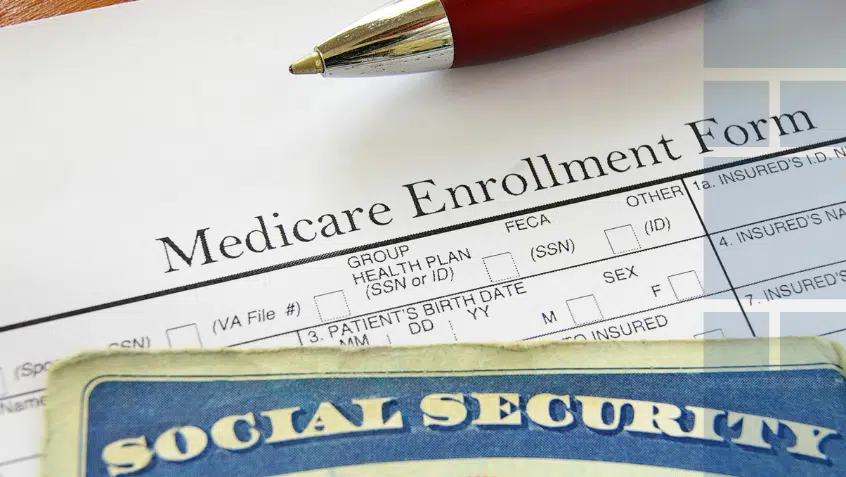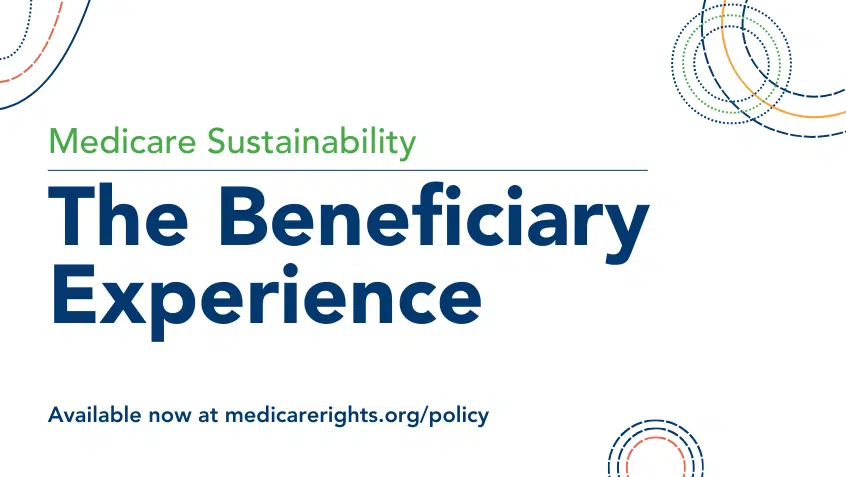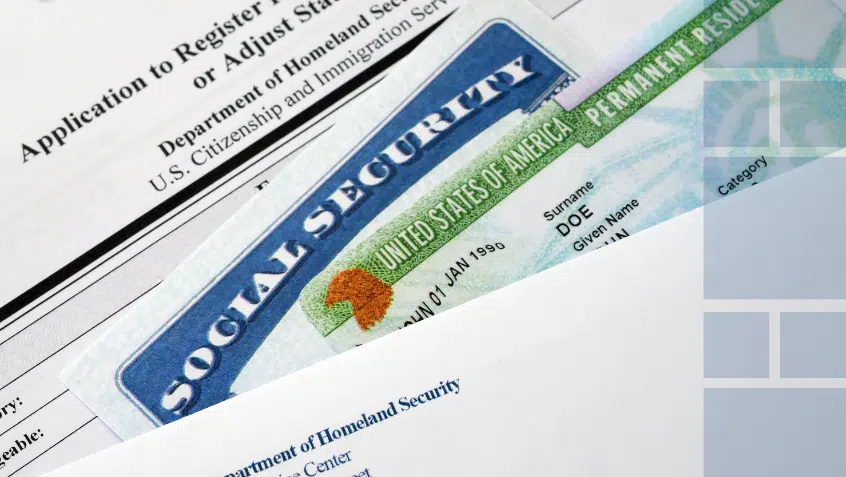Join Us Live for a Discussion on Medicare, Democracy, and the Future of Health Care
New York State Streamlines Medicare Savings Program Enrollment

Responding to advocacy from the Medicare Rights Center and others, the New York State Department of Health (NYSDOH) and the New York City Human Resources Administration (HRA) recently implemented a new process for managing Medicare Savings Program (MSP) applications. This new approach will help eligible New Yorkers get enrolled in an MSP with fewer administrative hurdles and delays and should serve as a model for other states to improve efficiency and increase enrollment in these essential programs.
MSPs are Medicaid-administered programs that help lower-income Medicare beneficiaries afford their coverage. There are three main programs: (1) The Qualified Medicare Beneficiary (QMB) program, which pays for Medicare Parts A and B premiums; (2) The Specified Low-income Medicare Beneficiary (SLMB) program, which pays for Medicare Part B premiums; and (3) The Qualifying Individual (QI) program, which can also pay for Part B premiums. To qualify for an MSP, an individual must be eligible for and enrolled in Medicare and meet federal and state income and asset guidelines.
Some people who would be eligible for an MSP but are not enrolled in Medicare face a seeming catch-22. They must have Medicare to enroll in an MSP, but without an MSP they cannot, or cannot afford to, enroll in Medicare. The solution—whereby a person can conditionally apply for Medicare enrollment and an MSP at the same time depends on an agreement between the state and Social Security Administration called a buy-in agreement. In most situations, a person or their advocate must be aware of and seek out this enrollment.
New York’s newly streamlined MSP process, known as a “batch buy-in,” will allow people who are eligible for but not enrolled in Medicare—and who otherwise qualify for a cost-saving MSP—to more easily enroll in both. This will significantly help those for whom cost is a barrier to coverage and care.
Under the batch buy-in, the state will identify individuals with Medicaid who are eligible for but not enrolled in an MSP, specifically those eligible for the SLMB and QMB programs. Those who are missing either Part A or Part B will be enrolled in that part of Medicare along with the MSP for which they qualify. Importantly, the individual is not burdened with having to directly manage the interaction between the state, which administers Medicaid and the MSP, and the Social Security Administration, which handles Medicare enrollment.
Through this process, beneficiaries will be enrolled in Part A or Part B, as needed, and their premiums will be paid for by the MSP. They can be enrolled even if they are outside of the usual enrollment windows for Medicare because the MSP and buy-in agreement provides for enrollment at any time of the year.
Individuals who are successfully enrolled in an MSP and Medicare will receive notices explaining the changes. The program will not affect the enrollment of those beneficiaries who could be harmed by the MSP paying their premiums—like those who utilize the Medicaid spend-down.
Medicare Rights would like to thank NYSDOH and HRA for their efforts implementing the batch buy-in, which has been a long-time advocacy goal and will help lower-income New Yorkers get and keep comprehensive and affordable health insurance coverage. We encourage other state and local Medicaid administrators to look to this success and to implement similar programs to realize the promise of the MSPs and existing state buy-in agreements.
Read more about Medicare Savings Programs on Medicare Interactive.
Show Comments
We welcome thoughtful, respectful discussion on our website. To maintain a safe and constructive environment, comments that include profanity or violent, threatening language will be hidden. We may ban commentors who repeatedly cross these guidelines.
Help Us Protect & Strengthen Medicare.
Donate today and make a lasting impact.
The Latest
Most Read
Add Medicare to Your Inbox
Sign up to receive Medicare news, policy developments, and other useful updates from the Medicare Rights.
View this profile on InstagramMedicare Rights Center (@medicarerights) • Instagram photos and videos









